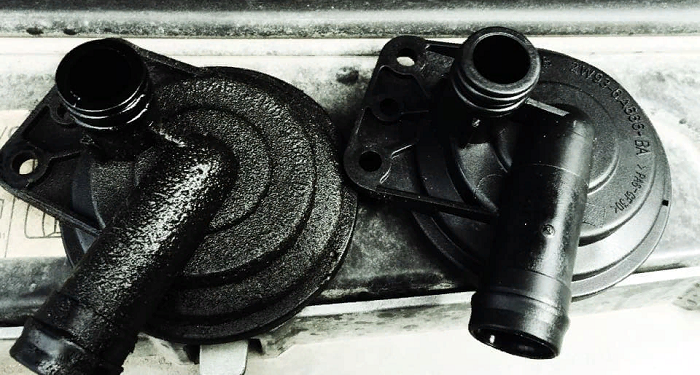An internal combustion engine consists of many parts and spare parts, including KVKG valves. Such details help the engine to work properly and maintain the quality of the system as a whole, although the operation of the valve is not noticeable at first glance.
First signs of breakdown
The main purpose of the valves is the afterburning of harmful substances in engine oil in the combustion chamber. Thus, the valves protect and prevent the emission of impurities into the atmosphere, more about the valves can be found at https://klifex.ua/en/membrany-kvkg-egr-maslootdelitelya/klapany-kvkg.
Such valves significantly reduce the emission of exhaust gases into the atmosphere, but it happens that they fail and require repair. It is impossible to visually determine that the valve needs repair or replacement. Other parts of the engine clearly show the first signs of failure and can be quickly repaired to prevent serious damage. In the case of the valve, the opposite is true, it may be faulty, but not show it, and the owner will notice a breakdown only when the valve itself completely stops working. You can notice the problem if you regularly diagnose the car and inspect it.
The first signs of valve failure include the following:
- Misting hose of the whole system.
- Increased oil consumption in the car.
- The gasket has started to leak in the valve cover.
- Oil began to enter the air filter pipes.
- The gas pressure inside rises.
- The crankshaft seals are squeezed out.
If at least one of the above points was noticed in the car, then first of all it is worth checking the operation of the valve. The KVKG valve is not only an environmental protection tool, but it also prepares the fuel-air mixture for efficient and stable engine operation.
Valves may vary and must be properly selected. There is a wide range of repair kits and individual components on the market. The crankcase ventilation valve can be selected according to the make of the car. The main component is the membrane for the valve cover. In stores, you can also find a separate membrane or the lid itself, depending on the type of breakdown.
The KVKG valve ensures the movement of gases from the crankcase to the intake manifold and prevents reverse movement. The correct operation of the entire engine depends on its operation and efficiency, therefore it is so important to monitor its technical condition and start repairs in time.









